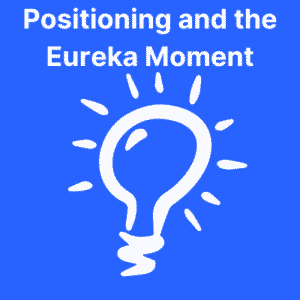No-shows at demos: what does it mean?
A meeting was booked but someone bails on it.
It’s disappointing and frustrating, given the effort to drive demos.
Here are two easy ways on how reduce no-shows:
#1: Market them as opportunities for prospects to learn about how your product could solve their problems.
Present a demo as an opportunity for prospects to explain their struggles, the products currently used, and why they’re exploring other options.
Establish clear expectations that a demo is about them, not about you.
#2 Deliver value between the time a demo is book and when it happens. Far too often, the only pre-demo communication is a confirmation email
Instead, send content and information that’s relevant to a prospects’ needs and interests like videos, eBooks, blog posts, infographics or case studies.
You can improve your communications by using a demo form that asks for more details.
There can be a dropdown box with four or five options, or a text box where comments can be left.
By using these two techniques, you can better align your product with what a prospect needs.
By the way, I’m not fussed about CTAs.
There’s a feeling “Book a Demo” is too forward, but if a prospect is interested in your product, they only care about if they can schedule a meeting quickly.

Your SaaS Pricing Model is Outdated. Let’s Fix It
For years, B2B SaaS companies have relied on a simple, predictable pricing model—feature-based, per-user, tiered subscriptions. It was the gold standard for monetizing software, easy


